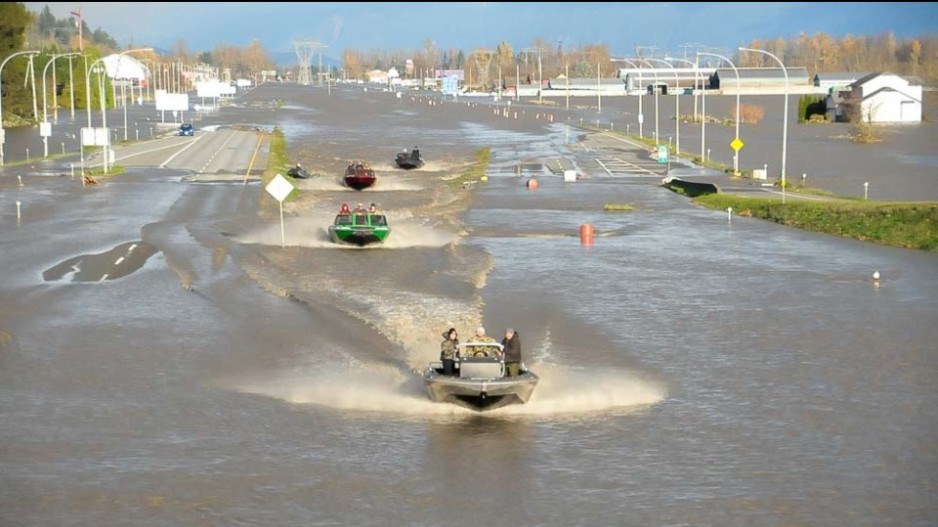The British Columbia government is opening applications for a program to help agricultural operations deal with extreme weather, nearly doubling the dollars put into the initiative in its second year.
The Extreme Weather Preparedness for Agriculture program was started in 2022 to assist producers dealing with extreme heat and flooding in the province. The first year saw nearly 130 projects funded through $1.4 million from the provincial ministry of agriculture, primarily to assist in helping livestock producers install barn cooling systems.
This year’s version of the program is increasing available dollars and expanding eligible criteria for funding to include such things as outdoor sprinkler systems to protect operations from fire and it permits producer-driven new concepts.
“In the wildfire stream, we have cost-share funding for farmers to implement on-farm practices such as building retrofits, upgrades to critical infrastructure, dealing with combustible materials in surrounding areas,” said Amy Norgaard, climate extension specialist with the B.C. ministry of agriculture. “The sprinkler systems are the cherry on top, so we do have to make sure that fire smart practices are being implemented to a satisfactory level prior to sprinkler systems being funded.”
Eligible funding for building retrofits include fire-resistant roofs, eaves and vents, as well as upgrades to sidings and walls to lower combustibility.
“With small changes like that, the funding can go a long way,” said Norgaard.
The first year of the project proved popular with producers and Norgaard expected the second year to be equally attractive.
“When it was launched last year, it was testing new waters of what would the interest be in the agricultural community. But we’re excited about the level of interest and the level of uptake last year,” said Norgaard. “We’re putting in more than a million dollars additionally this year. We think it landed quite well with the agricultural community.”
B.C.’s fruit and berry sector, concentrated in the Interior, which has experienced record high temperatures in many areas, will also benefit from the funding.
In addition to building retrofits, those producers can access funding to deal with extreme heat events, including canopy systems and reflective tarps to protect trees and harvested produce.
Protection of farms and ranches against flooding will also be an integral part of the program.
“The most-applied-for practice that we have for flooding is improved on-farm fuel storage,” said Norgaard. “That’s making sure the way that you store fuel is more resilient and reduces those negative impacts of leaks during a flooding event.”
Those upgrades to fuel storage include ensuring tanks are waterproofed as well as permanent anchoring.
Norgaard said the program helps ensure producers possess the tools to adapt their operations in the face of shifting weather, which has had destructive consequences for the industry in recent years.
“From my perspective as a climate change specialist, I’m definitely seeing the tangible impacts of this program,” said Norgaard, highlighting the increase in cooling systems installed by dairy operations on the south coast. “Seeing that potential impact is great.”
The program this year is also available for beekeepers, aquaculture producers, and cannabis and hemp operations.
Up to $35,000 in cost-share funding will be available for each project with applications open until June 14.


